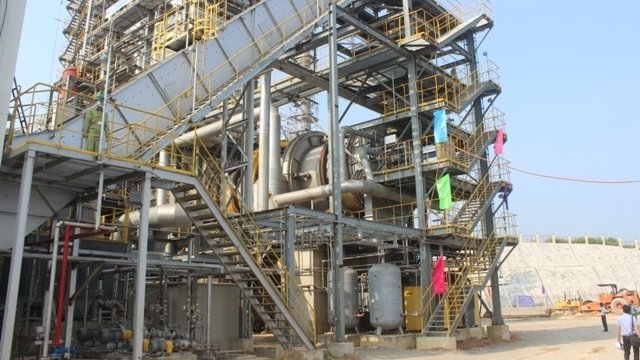VNHN - Waste is becoming a huge resource in Vietnam with the amount of waste growing at a similar rate as gross domestic product.

A waste processing facility in Hanoi
An estimated 6,000-8,000 tonnes of wastes are collected each day in big cities like Hanoi and Ho Chi Minh City, equivalent to nearly 3 million tonnes a year, an enormous resource for the production of fertilisers, construction materials and electricity.
Earlier this year, a waste treatment complex was put into operation in Binh Duong province, which can handle 3,000 tonnes of household waste and 1,000 tonnes of industrial waste daily. Its output products are fertilisers and ash to be made into bricks. For unburnable wastes, gases from them are collected to power an electricity generation system.
In Ho Chi Minh City and many other provinces and cities, similar waste treatment facilities have also been constructed.
Waste processing technologies are becoming more efficient and suitable for Vietnam. Developed countries like Japan and Germany have been enthusiastically assisting Vietnamese enterprises and investors, in both funding and technology, to build modern waste processing facilities, helping to protect the global environment.
But in many places throughout the country, disorganised waste disposal and landfills are still fairly common, which is encroaching on land for agriculture and residence while causing harmful effects to the environment.
Ho Chi Minh City is a leader in classifying wastes before they are disposed. But if every household strictly complies with waste classification rules and then all the waste is mixed together and buried in landfills, the classification will be rendered meaningless.
For the sake of the country and the goal of sustainable development, priority should be given to the waste processing industry and landfills should be eliminated. With the government’s efforts, it is hoped that Vietnam could succeed in the area of waste treatment and processing./.





